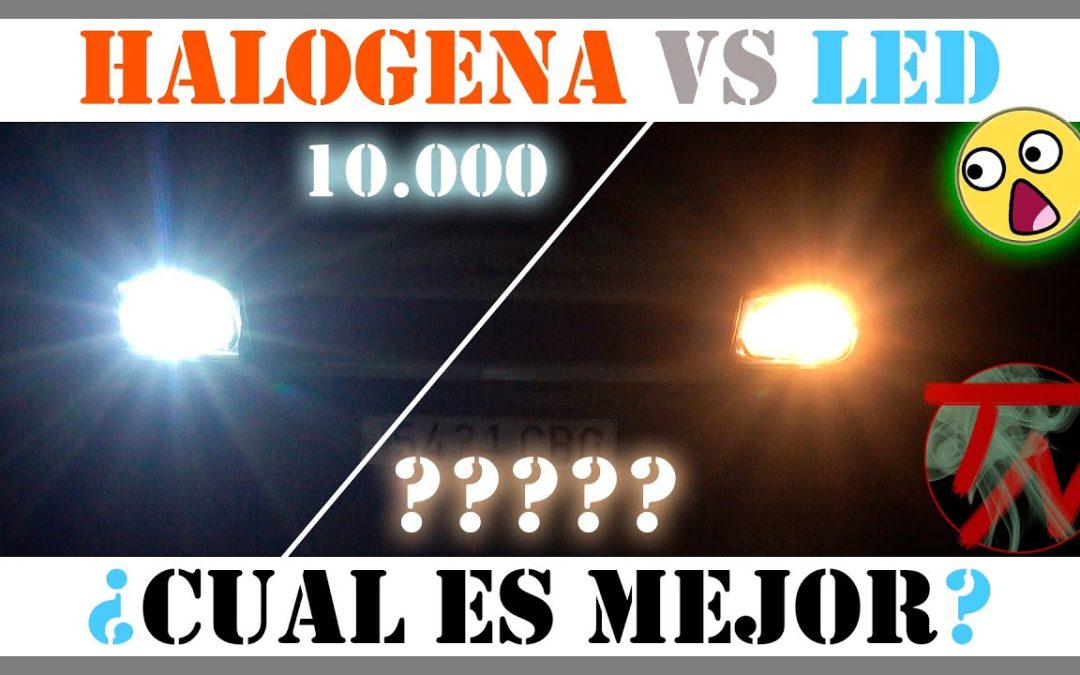Introduction to Modern Lighting Solutions
In the quest for energy efficiency and cost-effectiveness, consumers and businesses alike have sought after the best lighting solutions for their needs. Among the most popular options today are LED lamps and halogen lamps. This comparison will delve into their differences, benefits, and drawbacks to help you make an informed decision.
What are LED Lamps?
LED lamps (Light Emitting Diodes) are a modern type of lighting that use diodes to convert electricity into light. They have risen prominently for their energy efficiency, long lifespan, and versatility in different applications.
Advantages of LED Lamps
- Energy Efficiency: LED lamps consume significantly less power compared to traditional incandescent and halogen bulbs.
- Longevity: LEDs boast a longer lifespan, lasting up to 25,000 to 50,000 hours of use.
- Low Maintenance: Due to their lifespan, LEDs require less frequent replacements.
- Eco-Friendly: LEDs are recyclable and don’t contain harmful substances like mercury.
Disadvantages of LED Lamps
- Initial Cost: LEDs typically come at a higher upfront cost than halogen bulbs.
- Temperature Sensitivity: LEDs can be sensitive to high temperatures, potentially affecting their lifespan.
Understanding Halogen Lamps
Halogen lamps are a type of incandescent bulb that use a halogen gas to increase light output and efficiency. They’re often noted for their brightness and color accuracy.
Advantages of Halogen Lamps
- Color Rendering: Halogen lamps are excellent in displaying colors accurately, which is key for applications like retail or art galleries.
- Immediate Brightness: Unlike some LEDs, halogens reach maximum brightness instantaneously.
- Dimmable: Most halogen lamps are easily dimmable, allowing for control over light intensity.
- Low Upfront Cost: Halogen bulbs are cheaper to purchase initially.
Disadvantages of Halogen Lamps
- Heat Emission: Halogen lamps produce a lot of heat, making them less energy-efficient and potentially a fire hazard.
- Shorter Lifespan: Halogens have a significantly shorter lifespan than LEDs, averaging around 2,000 to 4,000 hours.
- Non-Eco-Friendly: They consume more energy and don’t have eco-friendly disposal options.
Comparative Analysis: LED vs Halogen
When making a lighting decision, several factors like cost, efficiency, and application must be taken into account. LEDs present a more sustainable and cost-efficient alternative in the long run but require a higher initial investment. Halogens, on the other hand, have a lower initial cost but will cost more over time due to energy consumption and replacement needs.
Which Is Better for Your Situation?
The right choice between LED and halogen lamps depends on your specific needs. If long-term cost savings and environmental impact are your priorities, LED lamps are the way to go. For those needing high-quality color rendering or who are looking for a low-cost solution without concerns about long-term savings, halogen lamps may be preferable.
Final Thoughts on LED vs Halogen Lamps
As innovation in lighting technology continues, the choice between LED and halogen lamps will likely become clearer. The trend is undeniably leaning towards LED lamps as they offer remarkable efficiency and sustainability benefits. Nonetheless, certain applications may still benefit from the unique properties of halogen lighting, at least in the short term. Whichever option you choose, consider both the immediate and the long-term impact of your lighting decisions.
Summary of Considerations
- Long-term cost savings: LED lamps are more advantageous.
- Color accuracy: Halogen lamps excel in this aspect.
- Eco-friendliness: LEDs have a smaller environmental footprint.

